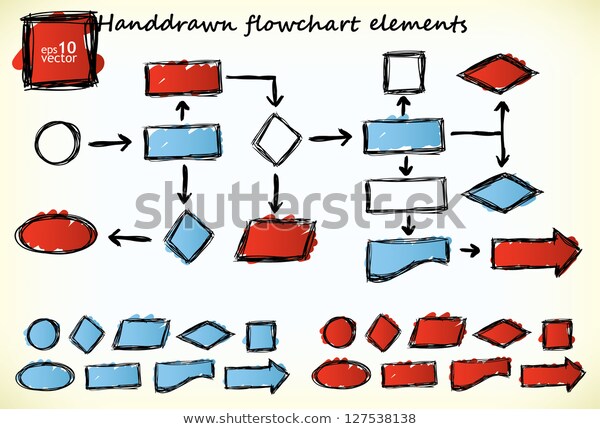Hello guys,
Today, We'll discuss on Total Productive Maintenance (TPM).
Lets start discussion on this topic. Hopefully, you'll understand this topic.
First of all, thanks for visiting.
Below topics that are covering:
- INTRODUCTION
- HISTORY OF TPM
- GOAL OF TPM
- TARGET OF TPM
- 8 PILLARS OF TPM
INTRODUCTION:
Total Productive Maintenance (TPM) is a systematic approach to maintaining the equipments and plant that ensure maximum productivity by involving all employees in the maintenance process as well as improve the quality of products.
It helps to improve machine not to go in breakdown, continue in working.
The word "TPM" is stands for Total Productive Maintenance is means -
Total (T) - It means all employees from associates to top management have to take part in & all department, equipment & machines to be covered in it.
Productivity (P) - To increase the production by reducing the losses, wastage, cost through improvement.
Maintenance (M) - Maintaining the equipment so that efficiency can be high to whole of its life cycle.
Why TPM is required ?
It is required to produce the product in less time, less cost, without any loss & without effecting the quality of products.
HISTORY OF TPM :
In the early days of industrialization, factories were often overloaded and lacked the resources to keep up with demand for their products. In the 1951's engineers began to develop a system called Total Productive Maintenance. It was developed in Japan in 1951 but then it was not established in organizations.
Nippondenso was the first company to implement it as preventive maintenance in 1960. Before this, it was the working method in organization that -
Operators only used the machine & maintenance person was responsible for maintaining it. Due to that, maintenance person can't do the work of preventive maintenance.
Concept before -
I use & you fix
Concept now -
I use, I mentain & I fix
Due to this new concept, operator who use the machine/equipment is responsible for maintaining it, and maintenance person is free to do the improvement work & which are more critical.
GOAL OF TPM :
The aim of TPM is to increase the production as well as improve the moral and job satisfaction of employees.
TPM follow the way -
Following points are on which we will measure the target of TPM.
- Safety : It means zero accident.
- Quality : It means zero defect. Product to be produced as defect free.
- Cost : Production of products at lowest cost.
- Production : To achieve the efficiency of production about 80% & OEE about 95%.
- Losses : To make the zero losses at work place.
- Delivery : 100% delivery of products at the customer demand without any failure.
8 PILLARS OF TPM:
It has 8 points for implementing it at working place.
These 8 points are called 8 pillars of TPM having the base of 5's.
Without implementing 5's TPM can not be done.
- Jisu hozen (Autonomous maintenance)
- Kobetsu kaizen (Focused improvement)
- Planned maintenance
- Quality maintenance
- Education & Training
- Safety, Health & Environment
- Early management
- Office TPM
Some of related question that help to improve your basic knowledge.













